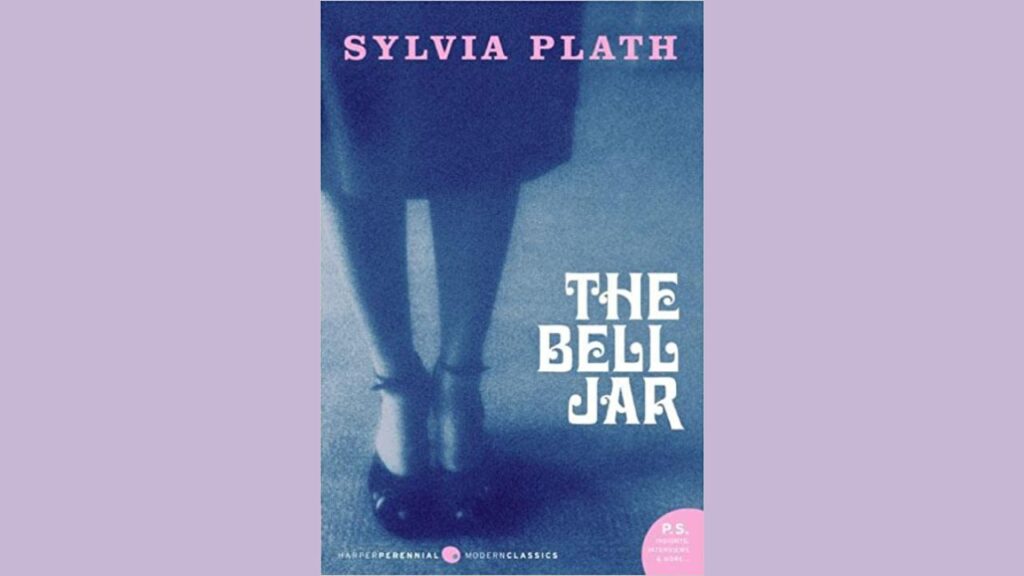
Student Notes – Wuthering Heights by Emily Brontë
Introduction:
Wuthering Heights, written by Emily Brontë and published in 1847, is a Gothic novel that explores themes of love, revenge, social class, and the destructive power of passion. The novel is known for its complex characters, haunting atmosphere, and unconventional narrative structure. This set of student notes provides a comprehensive overview of the key elements, themes, and characters in Wuthering Heights, along with analysis and discussion points for further exploration and understanding.
Setting:
- Yorkshire Moors, England: The novel is primarily set in two houses, Wuthering Heights and Thrushcross Grange, reflecting the contrasting environments and the influence of the landscape on the characters.
Characters:
- Heathcliff: The brooding and enigmatic protagonist, whose passionate and vengeful nature drives the narrative.
- Catherine Earnshaw: Heathcliff’s childhood friend and love interest, torn between her love for Heathcliff and the expectations of social class.
- Edgar Linton: Catherine’s husband, a refined and gentle man who represents the world of Thrushcross Grange.
- Nelly Dean: The novel’s primary narrator, who serves as a housekeeper and witness to the events unfolding at Wuthering Heights.
- Hindley Earnshaw: Catherine’s brother, whose mistreatment of Heathcliff fuels the cycle of revenge.
Plot Summary:
- The novel follows the intertwined lives of the inhabitants of Wuthering Heights and Thrushcross Grange over several generations.
- Heathcliff’s troubled upbringing, his forbidden love for Catherine, and his relentless pursuit of revenge against those he perceives as having wronged him.
- The complex relationships between characters, the destructive effects of obsession and unrequited love, and the haunting presence of the supernatural.
- Themes: Love and Obsession, Social Class and Inequality, Revenge and Violence, Nature and Civilization.
Key Themes and Symbolism:
- Love and Obsession: The novel explores the intense and often destructive nature of love, portraying how it can lead to obsession, torment, and tragedy.
- Social Class and Inequality: Brontë critiques the rigid social hierarchies of Victorian society, highlighting the tension between social expectations and personal desires.
- Revenge and Violence: The novel delves into the cycle of revenge and the consequences of unchecked anger and vengeance.
- Nature and Civilization: The contrasting settings of Wuthering Heights and Thrushcross Grange represent the clash between the wildness of nature and the constraints of societal norms.
Analysis and Discussion Points:
- Examine the character of Heathcliff, analyzing his motivations, his transformation throughout the novel, and the complexities of his love for Catherine.
- Discuss the role of gender in Wuthering Heights, considering the limited options available to women and the constraints of societal expectations.
- Analyze the narrative structure, with multiple narrators and a non-linear timeline, exploring how this affects the reader’s understanding of the story.
- Explore the symbolism of the moors and the houses in the novel, considering their significance in reflecting the characters’ inner turmoil and societal divisions.
- Reflect on the themes of love, revenge, and social class in Wuthering Heights, considering their relevance in contemporary society.
Conclusion:
Wuthering Heights is a captivating and darkly atmospheric novel that explores the depths of human passion and the destructive power of obsession and revenge. Emily Brontë’s portrayal of complex characters, haunting settings, and exploration of themes such as love, social class, and violence continues to captivate readers. By engaging with the student notes provided, readers can gain a deeper understanding of the novel’s themes, characters, and symbolic elements, fostering critical thinking and stimulating insightful discussions about the complexities of human relationships and the enduring power of literature.





